Have you ever planted seeds for a spicy hot pepper, only to be disappointed when the pods finally came in and they lacked heat? Assuming your spice tolerance did not skyrocket overnight, there are a few reasons your spicy peppers may be coming in… not so spicy.
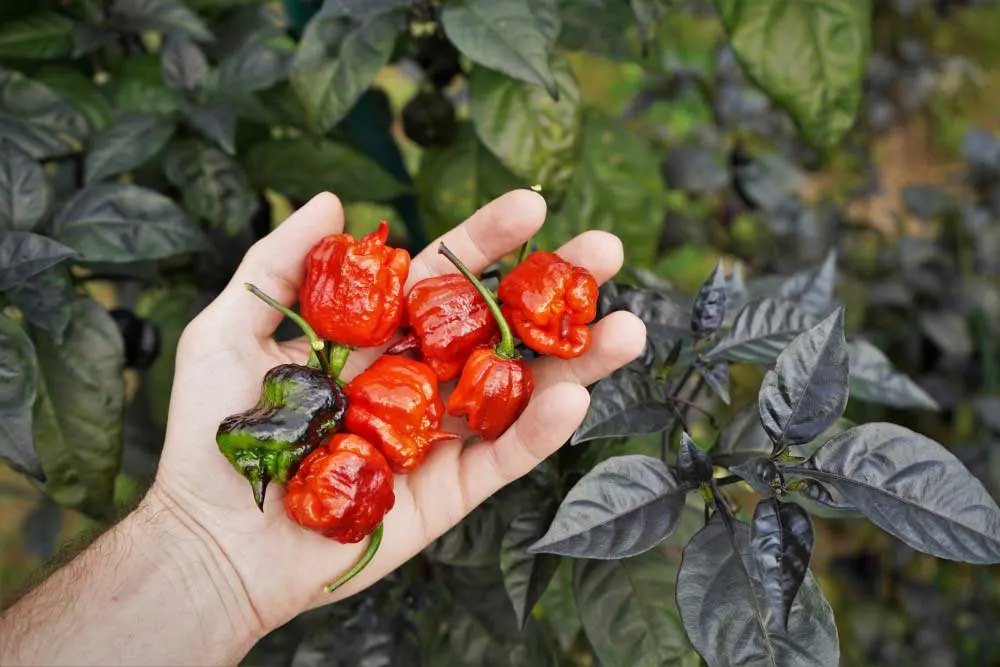
In this post, I will go over some of the reasons your peppers may be lacking in flavor and heat, as well as some techniques to grow spicier peppers. There is nothing more disappointing than harvesting your jalapeño or serrano peppers for a fresh hot sauce, only to find they’re not suitable for a hot sauce at all!
What Makes Peppers Spicy?
When it comes to the heat and pungency of a pepper, it all comes down to the levels of capsaicin in the pods. Capsaicin is the chemical responsible for how spicy a pepper will be.
You may have heard that the heat of a pepper is in the seeds. In reality, capsaicin is most prevalent in the white pith surrounding the seeds rather than in the seeds themselves. Chile pepper pungency is measured in Scoville Heat Units (SHU), also known as the Scoville scale.
So, why do peppers produce capsaicin at all? Like many of natures great defense mechanisms, this chemical serves to protect the plant. Capsaicin slows down microbial growth, protecting the plant from Fusarium, a fungus that can destroy the plant’s seeds.
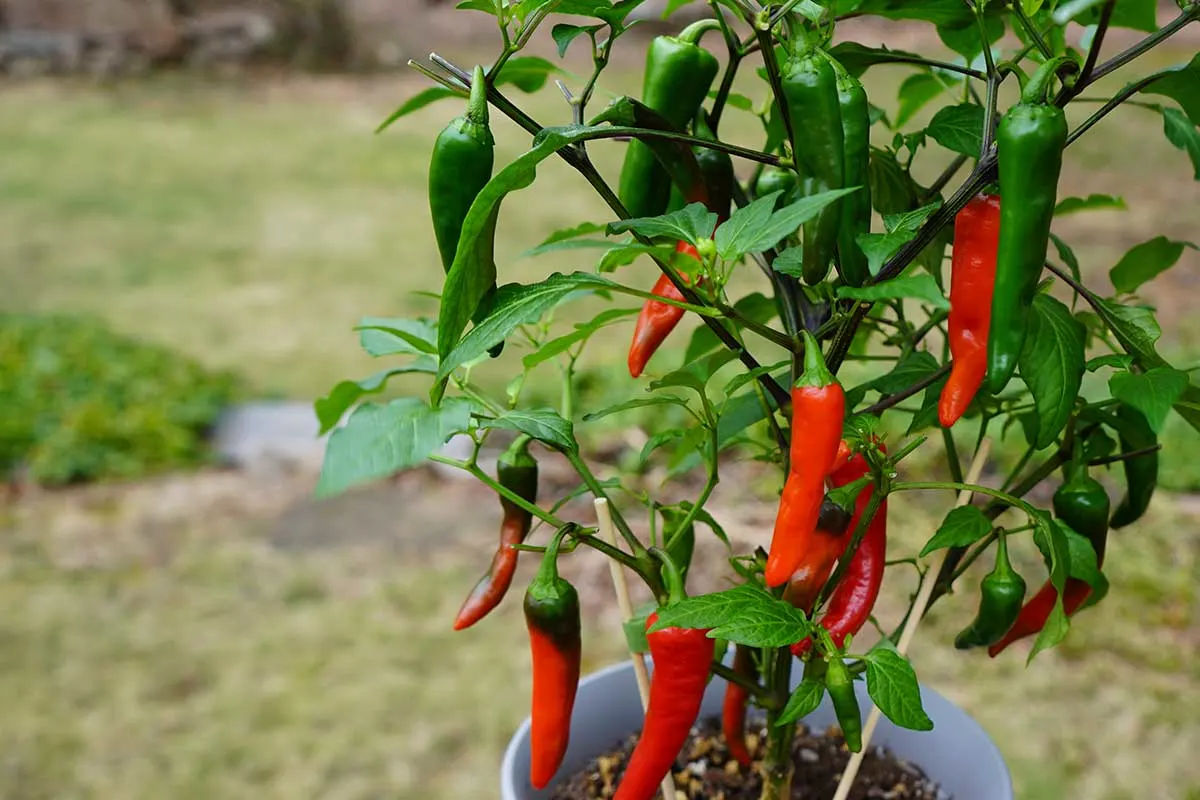
Why Aren’t My Peppers Spicy?
If your peppers that are supposed to be spicy are rather mild, it is due to either genetics or environmental conditions.
While we do not have any control over the genetics of a plant, we do have some control over the environment. As a result, it will be much easier to control pepper plants grown strictly indoors or in a greenhouse.
Outside, we have little control over the environmental conditions. If we are having a very hot summer with drought conditions, we might find some of our plants producing spicier pods. Either way, there are a few things we can try to do to ensure we are harvesting peppers that pack the heat.
How To Grow Spicier Peppers
There is a lot of ongoing research about growing hotter peppers. It’s important to disregard some of the false claims around growing spicier peppers. Planting your bell pepper next to your ghost peppers will not make spicy bell peppers. Here are some proven ways to ensure your peppers pack a punch.
1. Stress your plants
While we rarely recommend stressing your plants, many studies have shown that stressed pepper plants produce more capsaicin. Pungency increases with stress from high temperatures, drought, and imbalances in soil fertility.
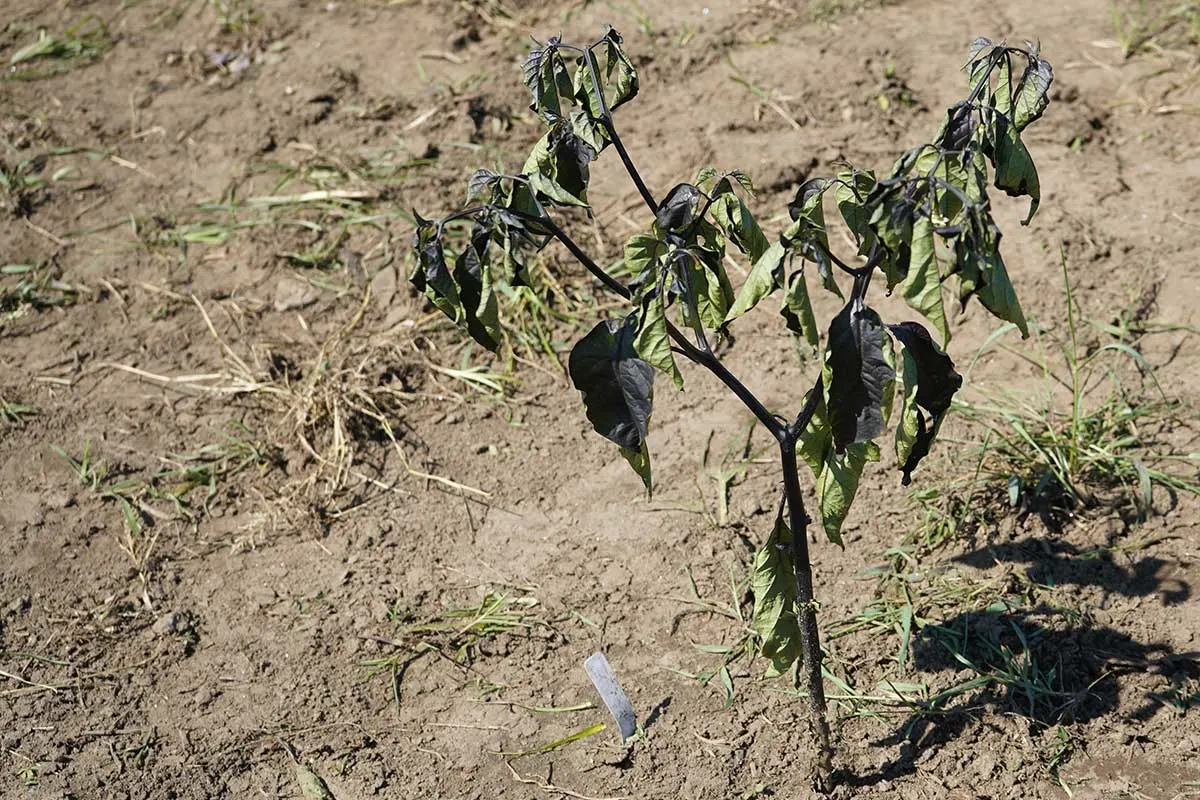
If your peppers are lacking spice, try holding back on water. Stressing your plant a bit will help the pepper produce more capsaicin. To do this, allow the leaves of the plant to wilt and droop a bit before watering.
If you want to stress your plants and hold back watering them, you’ll want to do so after pods are already forming. Capsaicin begins to accumulate around 10 days after flowers form. Therefore, there is no benefit to stressing your plants before the flowering stage.
Stressing your sweet pepper plants with drought will not make them spicy. It is also worth noting this practice can result in smaller yields.
2. Harvest at the right time
It is important to learn when to harvest your peppers for the best flavor and heat possible. If you harvest your peppers before they are mature, they may not be as spicy as you’d like. This is especially true for jalapeño and serrano varieties.
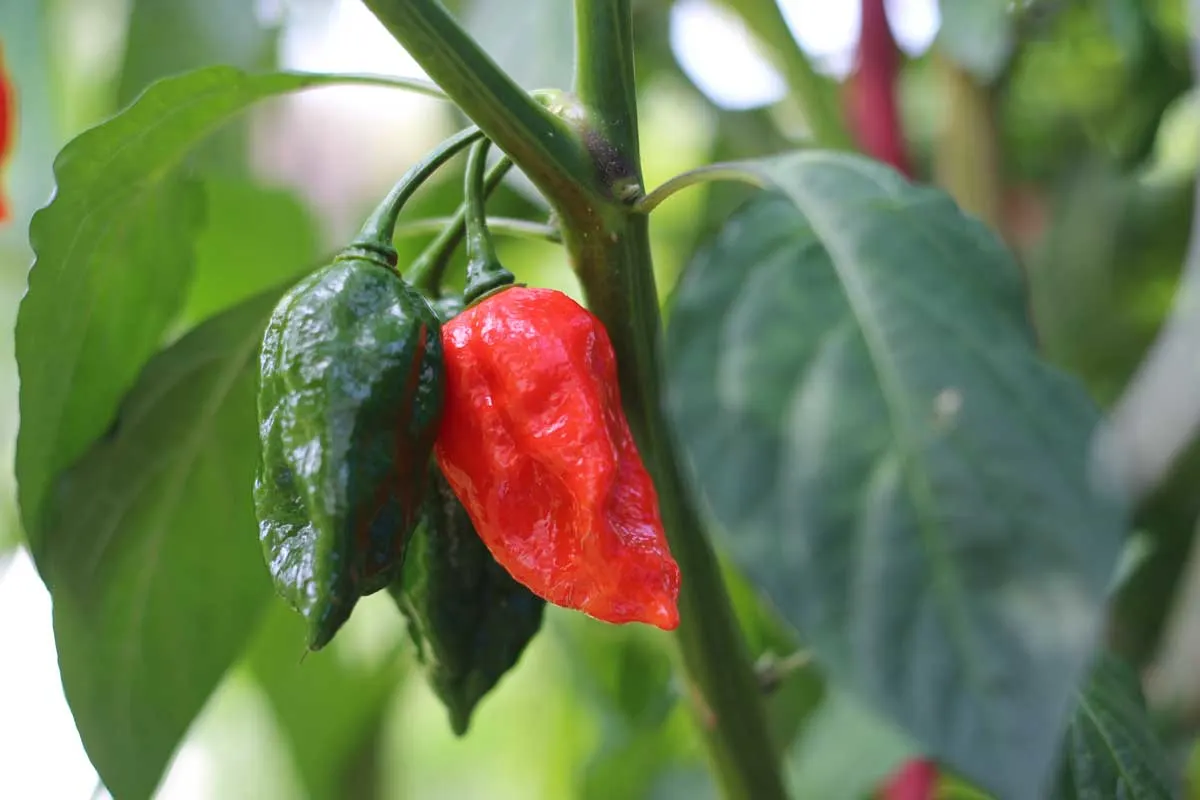
Capsaicin production increases as the peppers mature. Be sure to give the pods plenty of time on the plant to allow them to mature and reach their fully spicy potential.
For example, it has been found that the total capsaicin content in cayenne peppers increases until day 40 (the best time to harvest) of ripening before it begins to decline. While you may not notice the difference in a cayenne pepper harvested at 40 days versus 45 days, you will likely notice lower heat levels in a pepper harvested at day 70.
It’s important to remember that the overall heat and spice level can also vary significantly between pods. You may harvest one pepper and be disappointed with the heat level, while another pod harvested at a later time will be much spicier.
3. Check the variety
It happens to the best of us. We get excited and plant many different varieties of peppers, only to realize later that something was labeled incorrectly or swapped by mistake. Be sure the variety of hot pepper you are growing is indeed, a hot pepper.
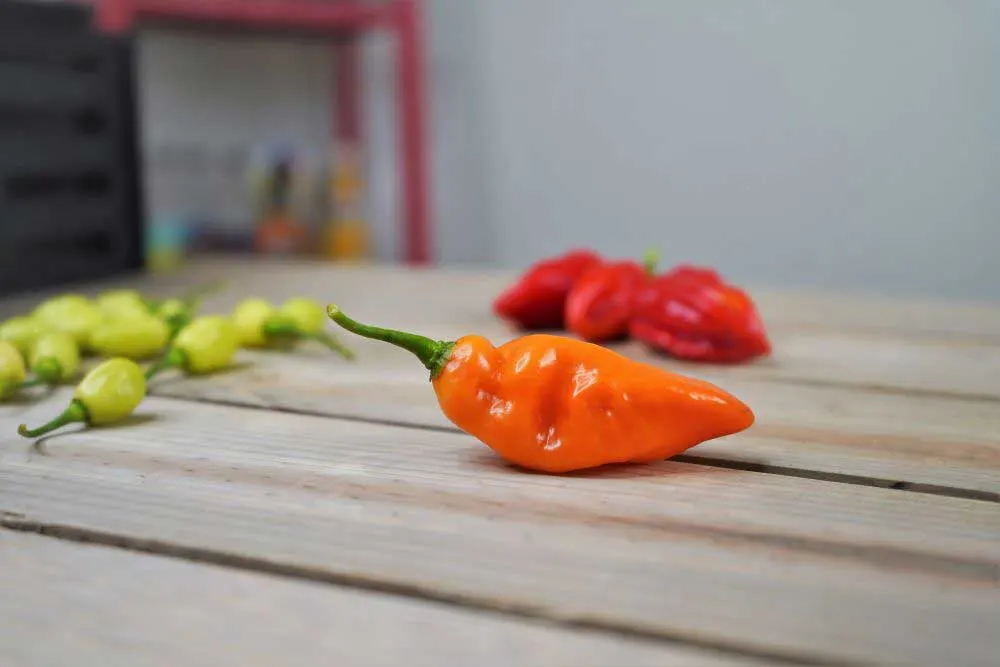
There are many varieties of hot peppers that have been bred to be “heatless” varieties of spicy favorites, such as the “nadapeño” and “habanana“. Additionally, make sure you are buying seeds from reputable suppliers.
Remember, one of the main factors of heat level is the genetics of the individual plant. No matter what you do to your plants, you’ll never grow a jalapeño that is spicier than a ghost pepper.
4. Be mindful of your nitrogen levels
While potassium levels do not appear to have an impact on capsaicin production, there is evidence showing that higher nitrogen levels can result in hotter peppers.
For the home gardener, we don’t always know exactly how much nitrogen is in our soil. Therefore, adding excess nitrogen would not be the best way to ensure a spicier yield, as it is possible to fertilize too much.
Instead, we recommend following a balanced fertilizing regimen to ensure your plants are receiving the nutrients they require for growth.
Some signs of too little nitrogen include stunted plants or yellowing leaves.
5. Consider the temperatures
The pungency of a pepper can vary depending on your geographic location and the outdoor temperatures. Gardeners in warmer weather regions will generally have an easier time growing spicy peppers than those in cooler regions.
There is also evidence showing those at higher elevations may also have an easier time growing hotter peppers. This is due to the higher prevalance of the Fusarium fungus.
Be sure your pepper plants are situated in a spot that receives plenty of sunlight. While some varieties do prefer cooler temperatures, most peppers can take the heat.
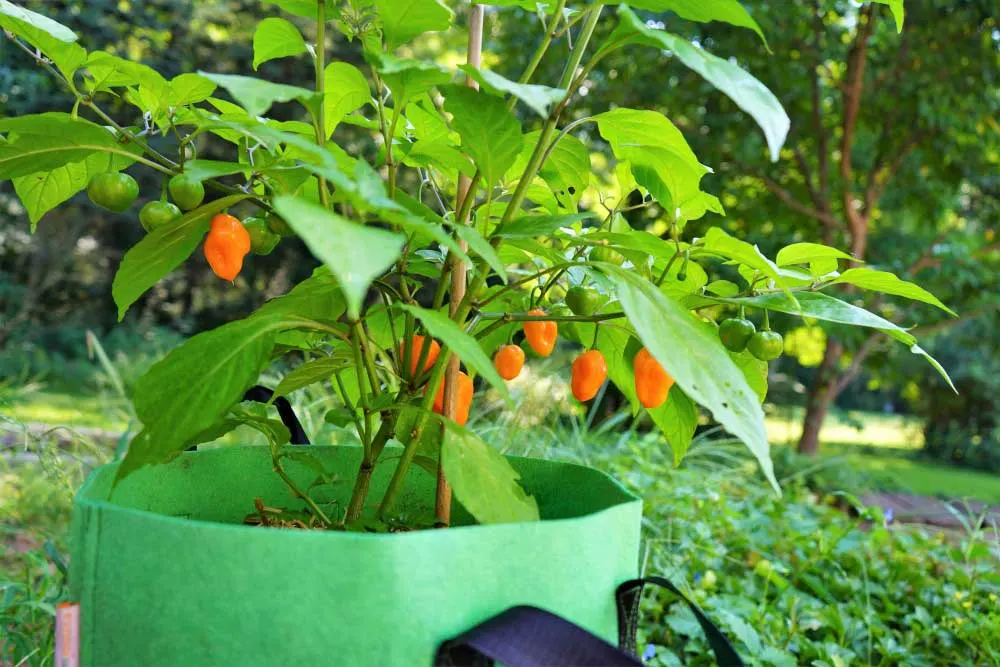
It is also worth considering your weather patterns for the year. You may be having a particularly cool summer which will affect the pungency of your pods.
Once again, it is important to remember that the heat level of a pepper is primarily due to the genetics of the plant. So if you want to grow hotter peppers, one of the best methods is to buy seeds for the hottest peppers in the world.
The way we see it? Let the plant do it’s thing. If your pods are not as spicy as you would like them to be, you can always try planting the same variety next year and doing your best to improve the growing conditions.
In the meantime, take advantage of your mild peppers! They are much easier to cook with (and to offload to friends and family). If you’re chomping into a ghost pepper and feeling as though it isn’t hot enough – you better start joining some pepper eating competitions!

Crystalyn
Crystalyn loves spicy food and getting creative in the kitchen. When she isn’t finding new ways to use hot sauce, shes very busy watching cat videos on the internet.

Gary K
Monday 28th of August 2023
Great article. I have some Bhut Jolokia (Ghost chillis) that I was approaching with some trepidation only to find them underwhelming. I could eat the whole chili, much like a Jalapeño. A nice kick but not more. After overwintering the plants, the next season was completely different. Real fire in the fruit. Not sure what I did differently but testament to the 'environment can make a big difference' theme. Good to hear that other members of the chilli growing community experiences similar anomalies. Confounding, but so much fun experimenting!
David Niemi
Sunday 27th of August 2023
I've been growing the descendants of a Tabasco/Habanero hybrid for several years. This year, 5 generations later, I actually had one bush that produced completely heatless Tabaneros -- still juicy and solid like their Tabasco ancestor, and (literally) sweet like all Tabaneros, but this time heatless. This is not a problem, it is a unique pepper plant with a unique combination of characteristics I've never seen before, and I'm sure it is solely genetics. Tabasco and Habanero are not even the same species, so their crosses have a huge genetic diversity to draw from. While they are always delicious, I've seen fascinating variations in size, shape, and color but until now the heat level was consistently in the 100K - 300K scoville range. Zero is quite a departure. (On top of that the parent had round pendant pods, these grow horizontally and are shaped like a short cayenne). Looking forward to finding out what the next generation will bring!
Another note -- in many medium to mild peppers, if you cut up the pepper to exclude the seeds and white to light orange placenta, the heat level is significantly reduced. In many cases the heat is concentrated near the stem, but in others it goes all the way to the tip of the pod. If you want all the heat you can get, you can scrape out the seeds while keeping the placenta. But most of the time I have more heat than I need.
Wayne
Sunday 27th of August 2023
What is a mushroom pepper and how hot are they
Michael
Sunday 27th of August 2023
You CANNOT believe how timely this post is. Let me explain: I was dicing some jalaps for an omelet and I grabbed a piece and popped it in my mouth, expecting that spice rush we all crave and ...........nothing. I had to check the bag and make sure I hadn't bought bell peppers by mistake. As I pondered the growing pile of seeds I've been harvesting for next year, I wondered the point of the whole endeavor and thought I would drop (Pepper Geek) you a line and ask for tips and .........here we are, the very next day. So, now I can look forward to a growing season next year, armed with this new-found knowledge, of experimenting in a quest to grow some worthy jalaps. Thanks, much.
Pål Martin Kvalsvik
Friday 1st of December 2023
@Michael, my jalapenos are suuuuuperhot this year!! MUCH hotter then my ghost peppers ever been
Carlos
Sunday 27th of August 2023
Nice article, i appreciate the links to the references.